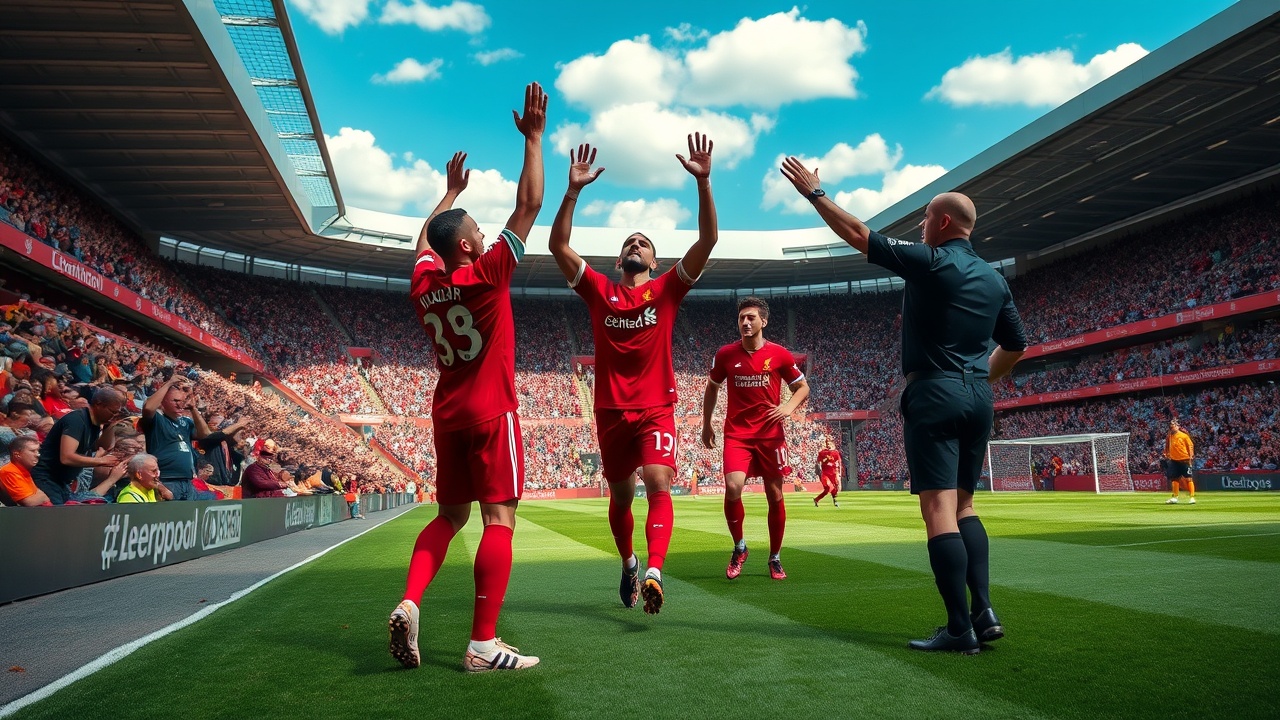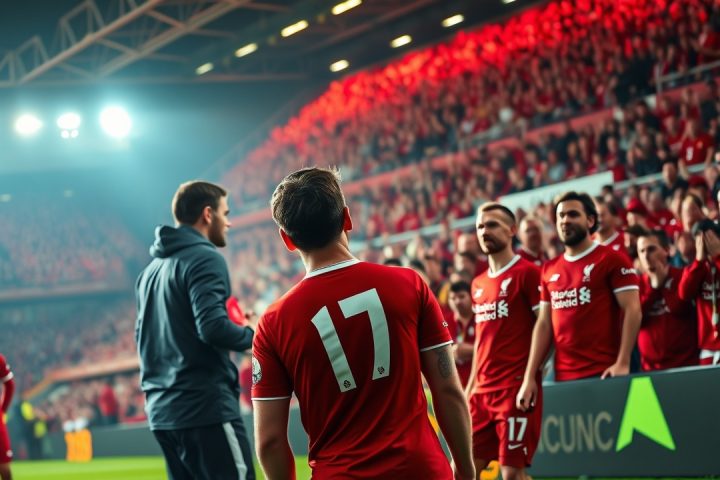Introduction
Throughout this Premier League season, the role of the Video Assistant Referee (VAR) has been a topic of heated discussion, especially concerning key decisions made during matches. This analysis delves into significant incidents to clarify the decision-making procedure within the context of the Laws of the Game.
Notable Incidents
In one notable case, Chris Kavanagh officiated a match featuring Liverpool, where Virgil van Dijk had a goal disallowed due to an offside infraction. It took place in the 38th minute when Van Dijk headed in a corner taken by Mohamed Salah. However, the assistant referee, Stuart Burt, flagged Andrew Robertson for being in an offside position and obstructing the view of the opposing goalkeeper, Gianluigi Donnarumma. The disallowed goal led to a swift review by VAR, overseen by Michael Oliver, who upheld the initial offside call, confirming Robertson’s proximity to the goalkeeper rendered him as having had a significant impact on the play.
The VAR’s affirmation of the offside ruling sparked discussions on the nature of the decision, as impact on an opponent can be a subjective judgement. Factors such as how close Robertson was to the ball’s flight and his movement at the time were deliberated, yet ultimately, the on-field team’s decision was in line with the rules, resulting in a credible outcome given the circumstances.
In a separate incident just nine minutes into the match, there was a potential penalty scenario involving City forward Jérémy Doku and goalkeeper Giorgi Mamardashvili. As Doku advanced towards goal, Mamardashvili lunged to intercept, miscalculating his challenge and colliding with Doku, who fell to the ground. Initially, Kavanagh did not blow for a penalty; however, after VAR review, Oliver determined an on-field review was warranted.
The replay enabled Kavanagh to reassess the decision, eventually awarding a penalty to Manchester City as the contact, albeit minor, was deemed sufficient to affect Doku’s ability to continue the play effectively. Oliver’s intervention proved valuable here, reflecting the nuanced relationship between on-the-spot officiating and video assessments.
Conclusion
In conclusion, while VAR has faced scrutiny, its function in aiding or overturning referees’ decisions rests on interpretive judgement calls, and in both incidents outlined, the processes followed were consistent with the established protocols in football officiating.




